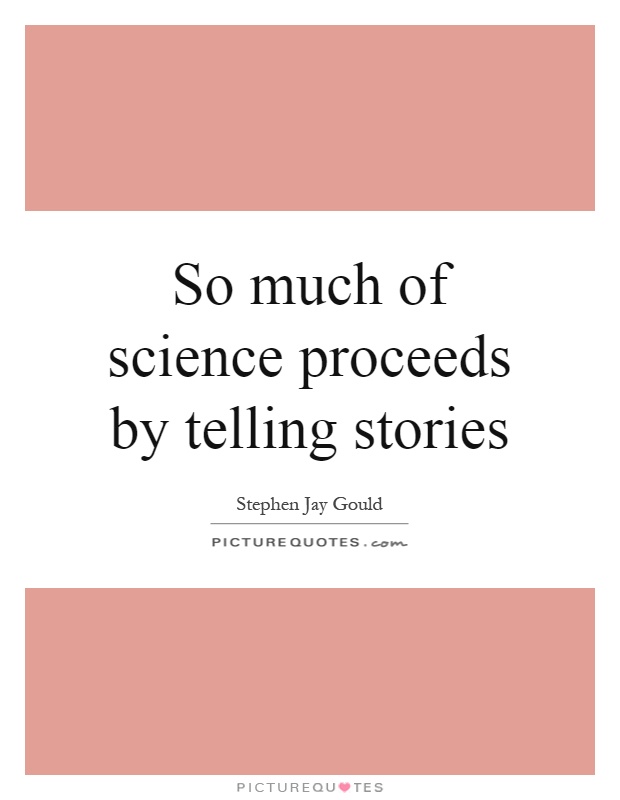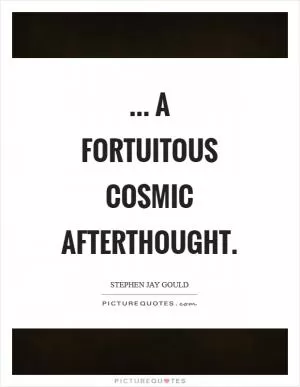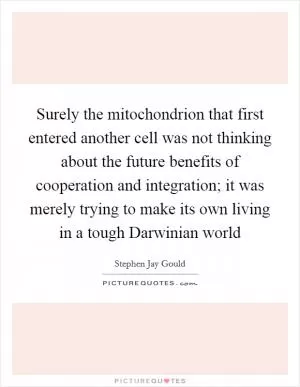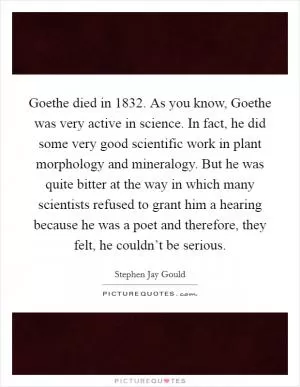So much of science proceeds by telling stories

So much of science proceeds by telling stories
Stephen Jay Gould, a renowned paleontologist, evolutionary biologist, and historian of science, was a firm believer in the idea that science proceeds by telling stories. Throughout his career, Gould emphasized the importance of narrative in scientific inquiry, arguing that storytelling is not only a powerful tool for communicating complex ideas but also an essential component of the scientific process itself.Gould's approach to science was deeply influenced by his background in paleontology, a field that relies heavily on interpreting the fragmentary evidence left behind by extinct organisms. In order to make sense of this evidence, paleontologists must construct narratives about the lives and behaviors of these ancient creatures based on the clues they have at their disposal. Gould recognized that this process of storytelling is not just a way to fill in the gaps in our knowledge, but a fundamental aspect of how we understand the natural world.
One of Gould's most famous contributions to evolutionary biology is the theory of punctuated equilibrium, which he developed with his colleague Niles Eldredge in the 1970s. This theory challenged the prevailing view of evolution as a slow and gradual process, instead proposing that species undergo long periods of stability punctuated by rapid bursts of change. In presenting this idea, Gould and Eldredge relied on a narrative framework to explain how these patterns of stasis and sudden transformation could be observed in the fossil record.
Gould's commitment to storytelling extended beyond his scientific work to his popular writing, where he used vivid and engaging narratives to communicate complex ideas to a broad audience. Through his essays and books, Gould sought to show that science is not just a collection of facts and figures, but a rich tapestry of stories that reveal the beauty and complexity of the natural world.












 Friendship Quotes
Friendship Quotes Love Quotes
Love Quotes Life Quotes
Life Quotes Funny Quotes
Funny Quotes Motivational Quotes
Motivational Quotes Inspirational Quotes
Inspirational Quotes